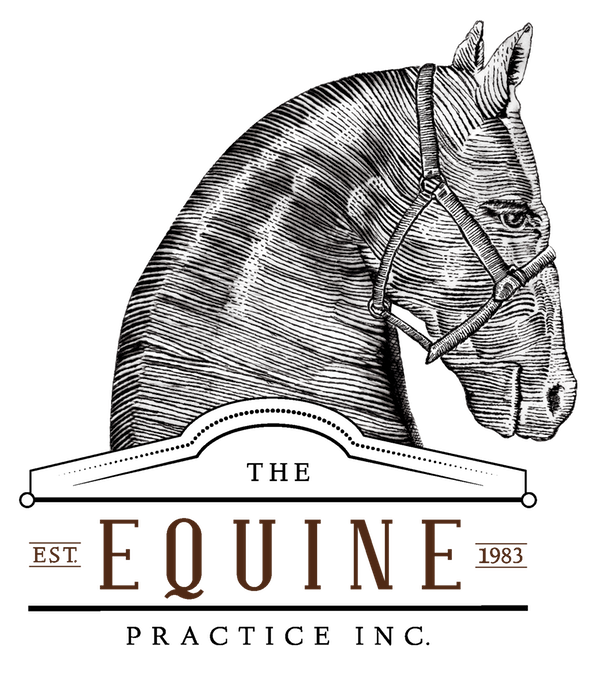Pain, Bad Hay, Or A Slob?
Quidding is the balling up of hay in the mouth (the quid) and spitting out the bolus onto the ground. Spilling grain is exactly what it sounds like. Several reasons cause these issues:
- The most common cause is the horse’s inability to freely move his tongue to position the food. Again, pain is the root cause.
- Another reason is that the hay tastes bad. This is associated with the non-structural carbohydrate content of the hay.
- There could be a loose or broken tooth. Chipped teeth are very common. We see at about 1 horse a day with a chipped tooth with a razor sharp edge.
- Of course, your horse could be a slob. I won’t be able to help with that.
Quidding – A Question From A Horse Owner
The Question:
“Hi, I live in the United Kingdom and came across your website. I want to pick your brains. I have an 11 year old quarter horse who has just recently started quidding. He has had his teeth floated and a couple of tiny gaps have been noticed on him. The gaps have been flush and a putty/paste has been put in the gaps. After all of that he has started quidding again. Rather than keep having his teeth flushed and paste put in the gaps, is there a more permanent solution to this problem that you know of? Many Thanks, Natalie”
My answer:
Thanks for the question, Natalie. First, I cannot tell you why your horse is quidding. This can only be done by your vet.
In my experience, horses refuse to thoroughly chew their hay and expel the partially chewed mass (a “quid”) because they are uncomfortable swallowing it. There are two associated events: 1) the hay has stalks, thick stems, too fine a stem, awns, or prickers, and 2) the horse has something preventing his tongue from moving the hay into position for complete chewing. The second part arises from pain in moving the tongue efficiently throughout the mouth. Causes for this pain include one or more sharp points (including one overlooked in a recent float), a chipped or broken tooth, or a cut tongue. I have also found foreign bodies such as a wire buried in the base of the tongue or sticks across the roof of the mouth as a cause of quidding.
If you have faith in your dentist, experiment with the hay you feed him. Try feeding chopped hay with or without soaking it in water. Find what he likes and continue approaching the quidding as a management issue.
If you feel it is a dental issue, check for any slight or profound malodor from the mouth. Ask your vet to check for any chipped or broken teeth. Use medication if necessary for the examination. Also, check for any cheek ulcers (usually associated with a sharp point), a cut in the mouth including the tongue, or a foreign body.
If the gaps between the teeth have sharp edges, this will cause the horse to quid. The horse often wants to clean the space using his tongue, which hones the edges, quickly creating a sharp edge. These are frustrating due to their recurrence. Filling the space is temporary. Some dentists widen the gap with a Dremel tool to help the feed fall out. I use my files to smooth the edges and round off the entry. Even with these approaches, you may need to combine dentistry with feed modification to find hay and grain that the tongue can easily clean out of the gap.
My final thought about quidding is to differentiate it from a horse either not wanting to eat or one that doesn’t like what is being fed. Many hays taste bad (low sugar, foreign substance, etc.). The horse will turn away from this even if he is hungry. This applies also to moldy grain. The significant difference is clear. Either the horse won’t eat or wants to eat, but he can’t.
If he wants to eat and spits the hay, remove the sharp edges. If that doesn’t work, then management changes need to take place, usually for the rest of the horse’s life.
